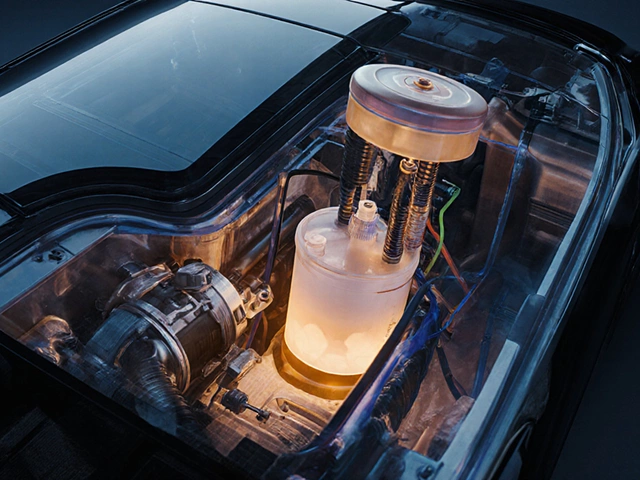Muffler Delete Explained: What It Is and When It Makes Sense
Ever heard a car sound that’s louder, deeper, and just plain aggressive? Chances are the owner did a muffler delete. In simple terms, a muffler delete is removing the factory muffler from the exhaust system. You keep the rest of the exhaust in place, but you lose the part that quiets the noise. The result is a louder pipe, a tiny boost in horsepower, and a different vibe on the road.
Many drivers chase that sound because it feels sportier and because a free‑flowing exhaust can shave a few extra horses off the crank. The gain isn’t huge – usually 2‑5% more power – but the sound change is immediate. If you love that raw note and want a cheaper way to upgrade, a muffler delete might look tempting.
Pros and Cons You Should Know Before You Cut
Here’s the quick rundown. On the plus side, you get a louder exhaust note, a small power bump, and a lighter exhaust pipe. The lighter weight can improve throttle response a bit, and the look of a straight pipe can be appealing.
On the downside, you might run afoul of UK noise regulations. The police can issue a fine if the sound exceeds the legal limit, and it could cause a failed MOT. Emissions could rise slightly because the muffler also helps with back‑pressure, which can affect how the engine runs. Some insurance policies consider it a modification and may raise premiums. Finally, the louder noise can be annoying to neighbours and may affect resale value.
How to Do a Muffler Delete Safely and Legally
If you decide to go ahead, follow these steps. First, make sure you have the right tools – a jack, jack stands, wrenches, and a pipe cutter if you need to trim the exhaust. Raise the car safely and locate the muffler. It’s the bigger, box‑shaped part near the rear of the exhaust.
Cut the muffler out, leaving enough pipe on each side to attach a straight pipe or an X‑pipe if you want a bit more back‑pressure control. Use a muffler delete kit designed for your car model – these kits come with the correct pipe lengths and flanges, making installation easier.
Clamp the new pipe in place, torque the bolts to spec, and double‑check for leaks. Once everything’s tight, lower the car and start it up. You’ll notice the sound right away. Take the car for a short drive and listen for any rattles or unusual vibrations – these can indicate a mis‑fit.
Before you hit the road, have a reputable garage check the work. They can confirm the exhaust is secure and advise if the modification will pass MOT. Some garages offer a “silencer replacement” that’s legal but still sounds aggressive, which can be a good compromise.
Remember, a muffler delete isn’t the only way to get a louder exhaust. A cat‑back system or a resonator delete can give you a similar note with fewer legal headaches. If you’re unsure, talk to a local tyre and auto shop – they can suggest the best route for your car and budget.
Bottom line: a muffler delete gives you a louder pipe and a small power bump, but it can bring noise fines, possible MOT failures, and insurance bumps. Weigh the pros and cons, follow the proper installation steps, and consider legal alternatives if you want the sound without the hassle.
 4 June 2025
4 June 2025
Will Muffler Delete Hurt Engine? Real Facts You Need to Know
Wondering if a muffler delete can damage your engine? This article breaks down how removing the muffler really affects your car. You'll learn what happens to power, noise, and emissions, plus tips based on real-world experience. No complicated jargon—just straightforward answers to help you decide what's right for your ride. Get the facts before grabbing that wrench.






0